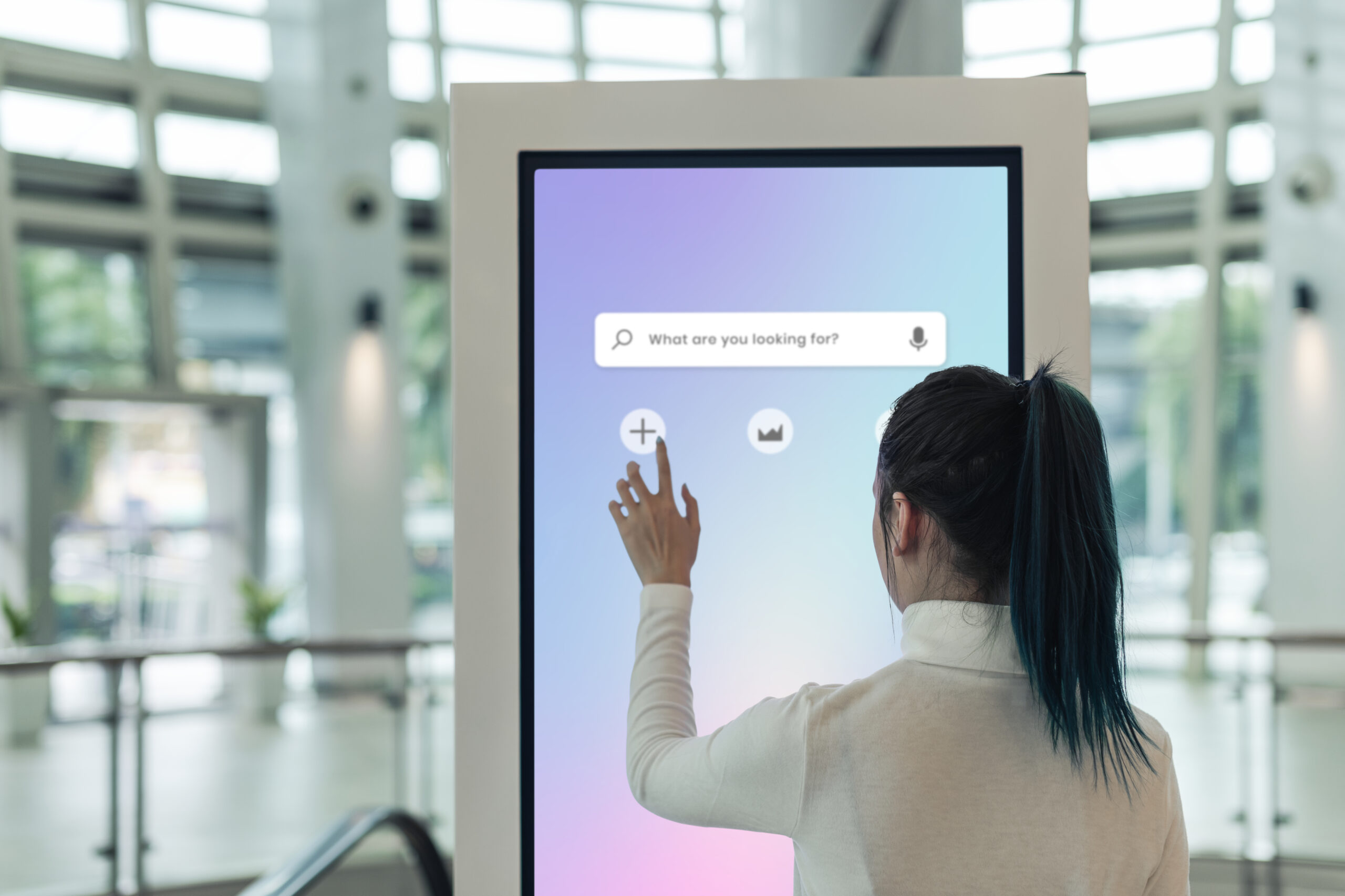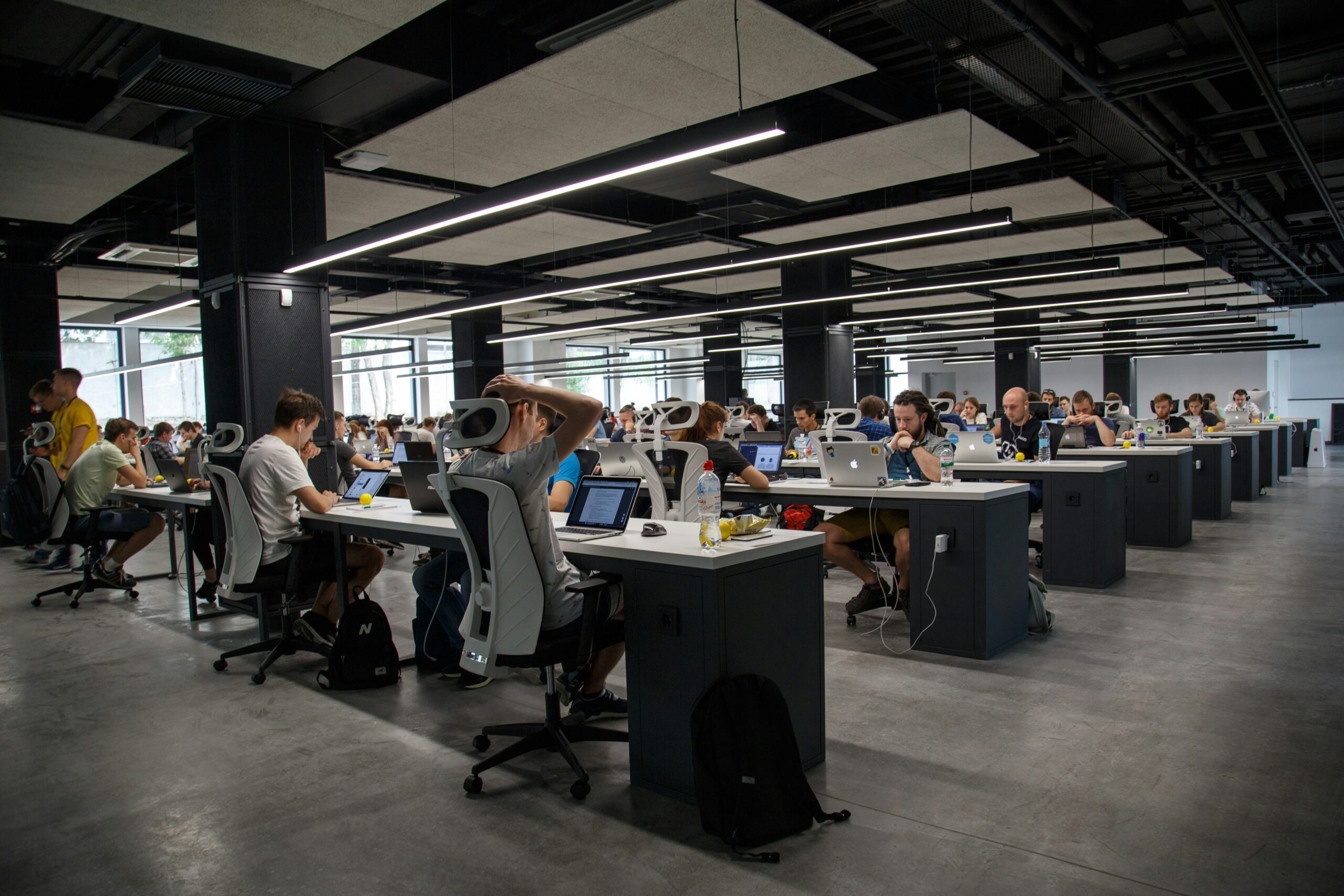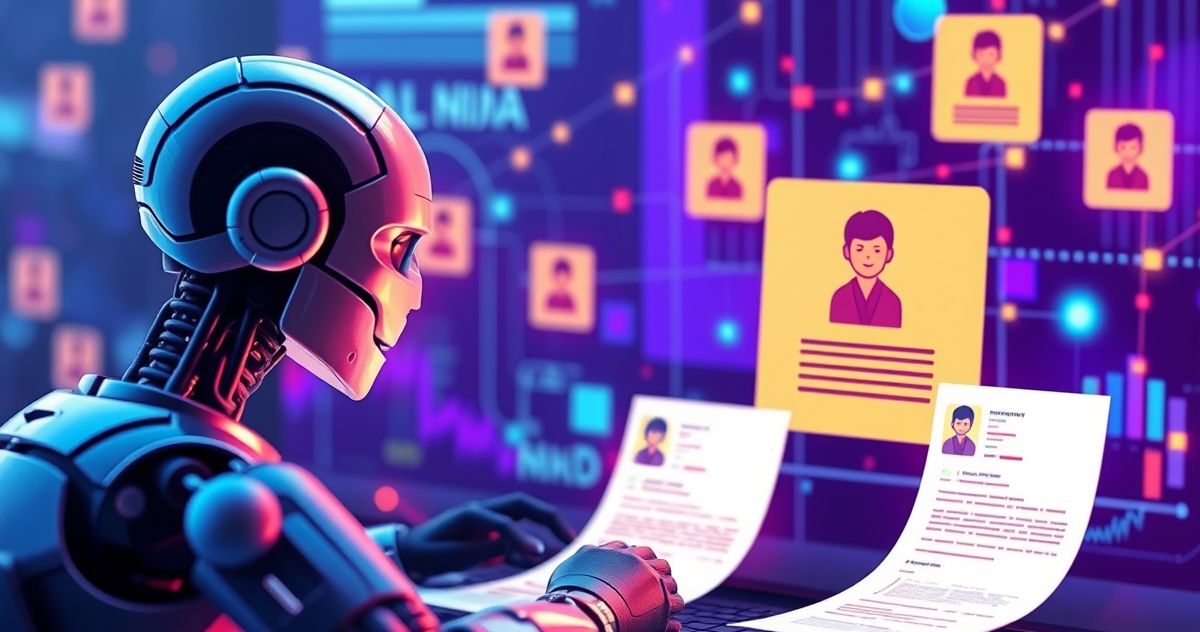Imagine walking into an airport and being greeted by a friendly robot that speaks your language, guides you to your gate, helps with baggage info, and even cracks a joke to ease your travel anxiety. This isn’t science fiction—it’s already unfolding in places like Tokyo, Dubai, and Seoul.
AI-powered robots are revolutionizing the way passengers experience transportation environments, bringing automation, personalization, and efficiency into every step of the journey. In this article, we’ll explore how these intelligent machines are being deployed, the benefits they bring, and what the future of smart mobility could look like.
How AI Robots Are Being Used in Passenger Settings
1. Airport Navigation and Assistance
AI robots are helping passengers with real-time information, boarding procedures, directions, and multilingual support.
Example:
Haneda Airport in Tokyo uses a humanoid robot called “EMIEW3” developed by Hitachi to guide passengers and answer questions in multiple languages (Hitachi Newsroom).
2. Smart Customer Service
AI bots use natural language processing (NLP) and facial recognition to offer personalized service.
Example:
Dubai International Airport has introduced “May I Help You” robots to interact with passengers and streamline security lines (DXB Official Website).
3. Queue Management and Predictive Analytics
AI systems analyze crowd movement, adjust queue systems in real-time, and suggest optimal staff allocation.
Example:
London Heathrow uses AI-assisted monitoring tools to cut down wait times at immigration desks (Heathrow Annual Report).
Key Benefits of AI-Powered Robots in Travel Hubs
- 24/7 Availability: Robots don’t need breaks, offering consistent assistance round the clock.
- Multilingual Support: Useful in global travel hubs where language barriers can be an issue.
- Improved Accessibility: Helpful for passengers with disabilities or mobility challenges.
- Data Collection & Personalization: Robots can tailor experiences based on preferences and real-time behavior.
- Reduced Operational Costs: AI can automate routine tasks and reduce human resource dependency over time.
Challenges and Ethical Considerations
While these innovations offer massive potential, they also bring important challenges:
- Privacy Concerns: Use of facial recognition and behavioral data must align with GDPR and similar laws.
- Over-reliance on Automation: Technical issues or power outages can disrupt service.
- Job Displacement: Automation might reduce demand for traditional customer service roles.
Experts suggest striking a balance through “human-in-the-loop” systems where robots augment rather than replace human interaction.
The Future of Passenger Experience with AI
AI robots are expected to become a standard feature in airports, railway stations, and metro systems globally. According to a MarketsandMarkets report, the service robot market is projected to reach $66.8 billion by 2027, largely driven by AI and mobility innovations.
Companies like SoftBank Robotics, Boston Dynamics, and Siemens are already investing heavily in robotic solutions tailored for public transport and travel environments.
AI robots are not just fancy gadgets—they’re game changers in the world of passenger experience. From reducing wait times to personalizing services and enhancing accessibility, the impact is both practical and profound. As the technology matures, passengers can look forward to smoother, smarter, and more human-like experiences—delivered by machines.




